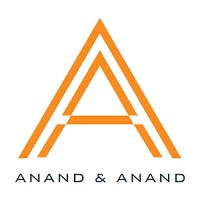While some flaws remain, the many advantages of virtual courts mean they should become a part of how cases are heard when normalcy returns, writes Pravin Anand.
The virtual court system is the next step in the evolution of the justice system, after e-courts. With e-courts, the focus was on using less paper and having a far greater reliance on electronic files. However, the judge, opposing attorneys, and even the clients (if present) would be physically present in the same room.
Due to the pandemic, a vast number of challenges are being experienced. The lockdown in the cities closed down the courts as well, but it was soon realized that the courts must continue working even in this environment, and the virtual court system evolved in response.
The judges, the two opposing attorneys and their support staff, as well as the clients, all get connected online for the case. In this way, court cases continue to be filed, heard and orders passed, at least with effect from the last week of March 2020.
Post-lockdown, one of the first intellectual property cases that came up before the virtual courts, perhaps anywhere in India, was before Delhi High Court on 15 April. Since that day, until the end of July 2020, Delhi High Court alone has, in a span of three-and-a-half months, seen more than 130 new filings that are lawsuits, writs and appeals.
Mr Anand says that Virtual courts possess some major advantages compared to regular physical courts, even though there are still many flaws and challenges that characterize the system.
Read more at IBLJ.
 etc. whilst wrongfully claiming to be part of our firm and making false claims and allegations.
etc. whilst wrongfully claiming to be part of our firm and making false claims and allegations.